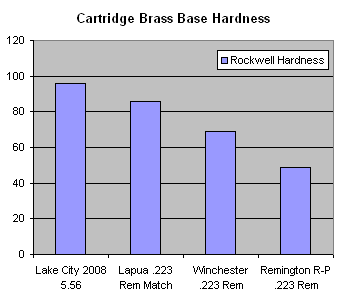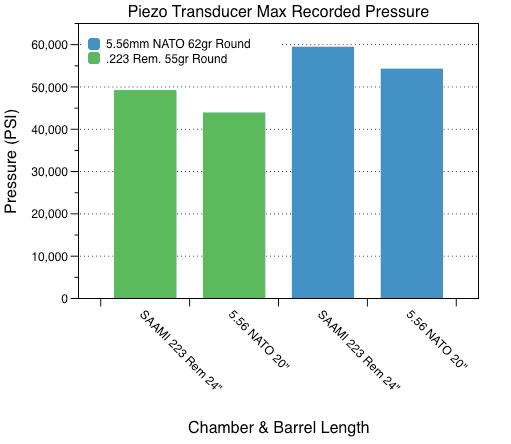D
Deleted member 46119
Guest
I'm in the process of developing a copper bullet load for my Weatherby 7mm. Using the Barnes 150 gr TSX, I loaded up 3 bullets each of IMR 7828SSC.(My rifle loves that powder...) starting at 72gr up to 74.5 gr in .5 gr increments. My primers are Remington 9 1/2M. While my primers never showed any fatigue, I started to get really faint ejector marks at 73gr and increasing more visible with each progressive load. They were quite obvious at 74.5 gr. Bolt lift and cartridge ejection, however, never changed. It was the same as it always has been and the shells showed no sign of fatigue either. Should these ejector marks be a concern?
If the action is a Weatherby (Mark V or Vanguard), you won't see bolt lift problems until you are practically melting your brass in the chamber.
All my "factory" Weatherby ammunition shows an ejector mark.
My most accurate Weatherby + Barnes loads are far from the lands and going fast. If it's not accurate, I go faster until it gets worse or the ejector marks are worse than factory.
I've never lost a primer pocket. I have never stretched the case forward of the belt. I have purchased "proof" brass where the case was stretched forward of the belt. An Innovative Technologies - Reloading Equipment collet die fixes that and the primer pockets are fine.
It is not a "good" practice to load to pressures that cause ejector marks but many hunters do.
Correlating between longer seating and how much powder to add is something to consider. How much above "book" to have the same pressures yet increased velocity and accuracy. That is of course the challenge.
Good luck and be careful.





